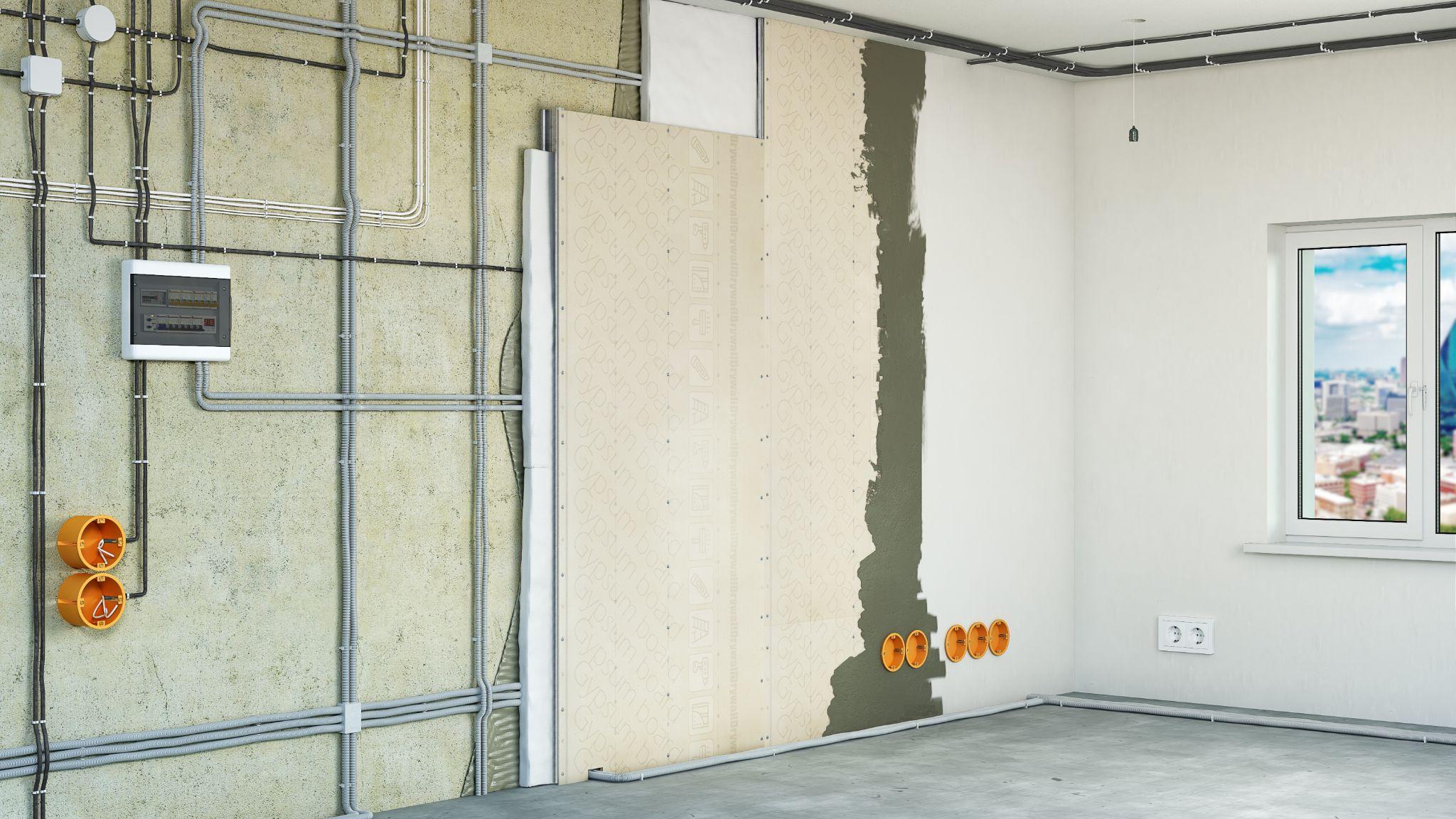The modern home is a buzzing hub of electrical activity, from the humble refrigerator to sophisticated home entertainment systems. However, behind the myriad of devices is the enigma that is your home’s electrical wiring system. Understanding how it works is not just an intellectual exercise, but a matter of household security and functionality. This article aims to arm homeowners with knowledge about their home’s electrical structure, from fundamental wiring mechanics to troubleshooting common problems and understanding safety switch functionality.
Understanding the Basics of Home Electrical Wiring
Electrical wiring, in simple terms, refers to an interconnected network of wires personalising an electrical current from the power source to various devices and appliances in your home. Key components of a typical home electrical wiring system include circuits, switches, electrical outlets and the central electrical panel.
Your home primarily uses two types of wires: hot wires which carry electric current from the source, and neutral wires which return the current. Colour coding helps distinguish them with hot wires typically black, red or yellow and neutral wires usually white.
The electrical panel, sometimes known as the breaker box or fuse box, regulates how electricity is distributed across your home. It safeguards against power surges, thus protecting your devices from potential damage.
Unravelling the Electrical Circuitry in Your Home
Electrical circuits, the backbone of your home’s electrical system, are simply paths that direct electricity from the source to an outlet. A typical home has various types of circuits – dedicated circuits for large appliances and general lighting circuits are the most common.
A circuit operates by maintaining a balance between the hot and neutral wires. The hot wire delivers the current from the source, and the neutral wire completes the loop, transmitting the current back. Any disruption in this equilibrium can lead to serious consequences such as overheating, malfunctions, or potential fire hazards.
A pivotal safety feature in home electrical systems is the circuit breaker, acting as a responsive barrier against anomalies or overloads within the circuitry. This device automatically trips and cuts off the electrical supply when needed, preventing overheating and mitigating the risk of fire or damage to connected devices. While circuit breakers offer fundamental protection, an equally vital component is the safety switch, also known as a residual current device (RCD) or ground fault circuit interrupter (GFCI). Going beyond the role of a traditional circuit breaker, the safety switch continuously monitors current flow and swiftly cuts off power in the event of a ground fault or leakage. This instantaneous response is critical for preventing electric shocks and ensuring the safety of individuals within the home. Together, these safety measures form a comprehensive system to safeguard against potential electrical hazards.
Common Wiring Layouts in Residential Buildings
Wiring layouts generally follow a structured, easy-to-understand pattern. Electricity emerges from the power source and flows into the service panel. From here, the ‘main breaker’ distributes power to the slave circuits, each leading to different sections of the home. Major appliances like ovens and air conditioners are generally on dedicated circuits.
Familiarising yourself with these wiring layouts can give you a fundamental understanding of how appliances are integrated into the circuitry. You’ll also gain insight on the various wiring techniques involved, enhancing your ability to detect issues should they arise.
Identifying and Troubleshooting Electrical Wiring Problems
Regardless of the expertise invested in wiring your home, occasional hiccups are inevitable. Common issues include overloaded circuits, general wear and tear, and outdated wiring systems.
Signs of wiring problems are usually pretty apparent. If lights flicker, sockets feel hot to the touch, or you notice a burning smell, it’s time to take action. While some minor problems can be fixed with a simple resetting of the breaker, others are more severe and require professional assistance.
Safety Measures to Know When Dealing With Home Electrical Systems
Before attempting any electrical work, understanding the inherent safety risks is crucial. Always ensure power is switched off at the main source to reduce shock risks. Use the right tools like voltage testers or non-metaled pliers to make certain all wires are safe to touch.
Additionally, regular electrical maintenance and inspections are essential to avert potential issues. Finally, understand the importance of knowing when to escalate, as some electrical problems are not DIY friendly and require a professional electrician’s expertise.
Conclusion
Whether it’s figuring out why a breaker keeps tripping or understanding why the lights flicker, a solid grasp of your home’s electrical system can be quite beneficial. Not only does it promote a safer living environment, but it empowers homeowners, coaxing curiosity about an aspect of their homes often left to professionals. But remember, when safety is in doubt, it’s time to call in the professionals.
Ultimately, understanding your electrical system is not about becoming an overnight electrician; it’s about promoting a safer, efficient home through knowledge. The path to understanding starts with a light switch and ends with you being an informed, empowered homeowner.







